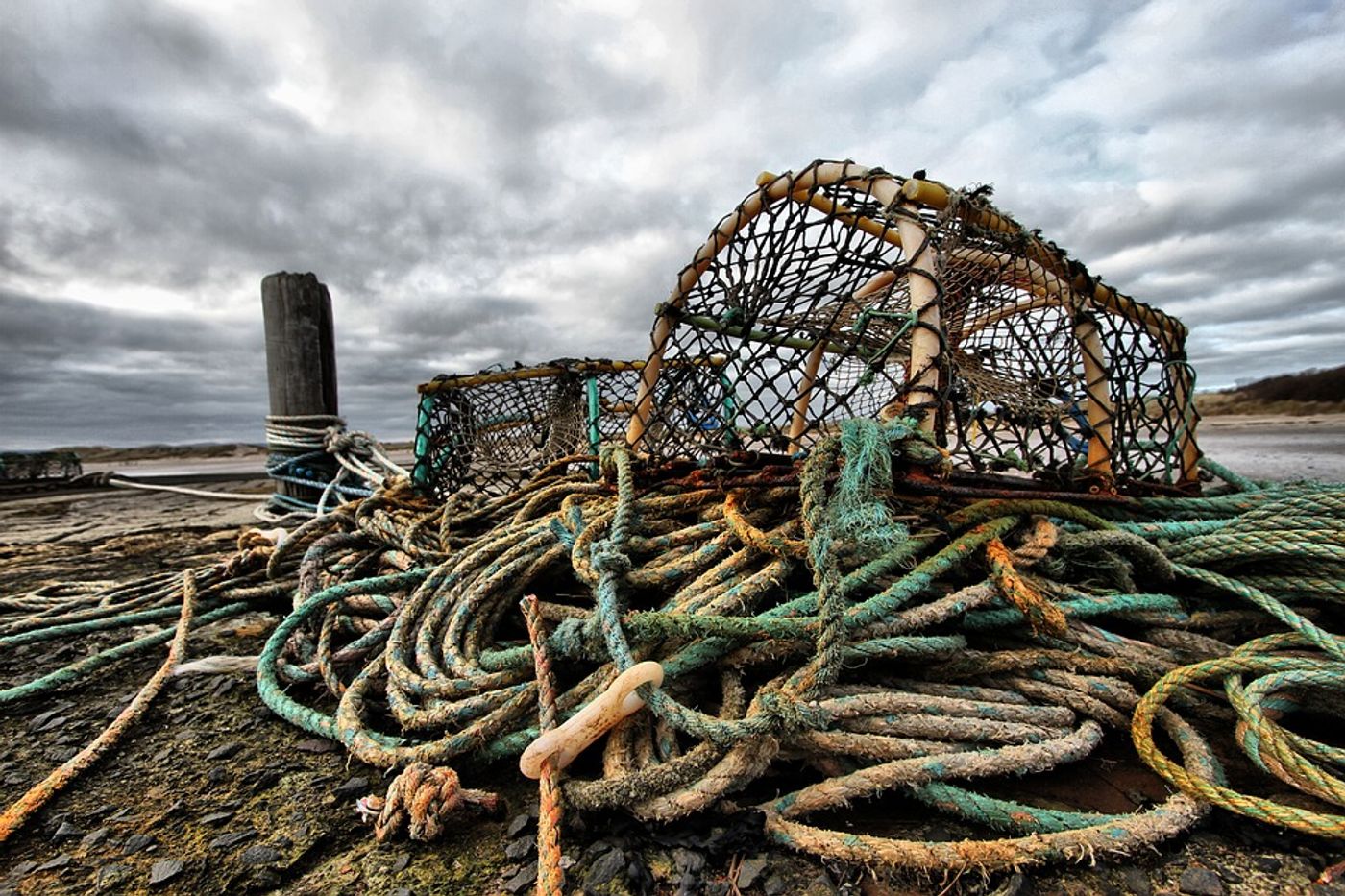Preparing the lobster fishery for inevitable (climate) change
A new study published in Frontiers in Marine Science takes a deeper look on the impacts of climate change on the lobster fisheries industry in the Gulf of Maine near Nova Scotia and Canada. The research, which is a result of a collaboration between researchers from Fisheries and Oceans Canada at the Bedford Institute of Oceanography in Halifax and NOAA's Northeast Fisheries Science Center, details a new tool that allows fishermen, resource managers, and policy-makers to predict how their industry will be affected in the near and far future under changing climate conditions.
"Climate change has socio-economic impacts on coastal communities and the seafood market, but integrating that information into planning and decision-making has been a challenge," said co-author Vincent Saba, a fishery biologist at the Northeast Fisheries Science Center. "Ocean warming is leading to an accelerated redistribution of marine species. Knowing how animals will shift distribution, and what to do about shifts across management borders both regional and international, will be critical to planning on how to adapt to those changes."
The lobster industry is huge in Canada, a fact which is supported by hard numbers; 44% of the total commercial value of all fisheries in Atlantic Canada in 2016 was from American lobster. The economic dependence on this industry touches the lives of many, from rural fishermen and women to local restaurants to export companies. Understanding just how sustainable or unsustainable that industry is, is crucial for many people.
The researchers behind the study investigated this question by developing two climate change vulnerability indices, which gives a numerical score to individual lobster management areas to quantify the impacts of climate change. They also rated the vulnerability of coastal communities using the tool as well, in addition to the vulnerability of offshore lobster habitat to ocean warming and changes in zooplankton and predicted changes in fishery productivity across management borders.
The aspects that their indices consider are economic dependence on the fishery, community population size, diversity of the fishery revenue, status of harbor infrastructure, total replacement cost of each harbor, increased relative sea level and flooding, impacts of wind and wave climate, and sea ice.
The authors say that this tool will help improve region-specific fisheries management, such as licensing, quotas, diversification, and catch locations. "Our analysis is a first step in considering this information in local fishery management decisions and longer-term economic development strategies,' said Saba, who is located at NOAA's Geophysical Fluid Dynamics Laboratory at Princeton University. "This tool anticipates change and could be incorporated into assessment models and help fishermen and resource managers with long-term planning."
Sources: Frontiers in Marine Science, Science Daily









